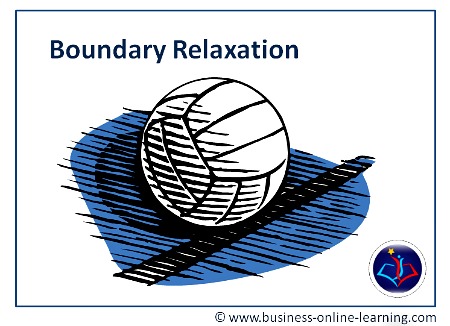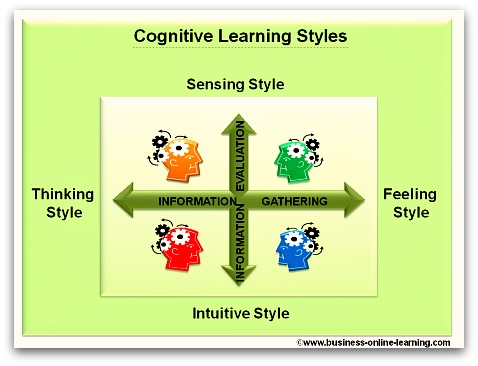Boundary Relaxation
So what is Boundary Relaxation all about? Let us start out with understanding what a boundary is. A boundary defining a problem is a to be seen as a decision made what to include as part of the problem and what to exclude – as being outside the boundary and therefore, outside of the problem.
The Boundary Relaxation method deals with making the decisions on the boundary more visible thereby giving us an opportunity to see how this boundary can be redefined or loosened. You can use a “Systems Diagram” to illustrate the boundary situation.
1. Reviewing the Problem statement.
Take each item in the statement and define it more clearly by using a negative replacement.
Example: How to redesign. Not reduce, not alter, not replace
The street ..........................Not other roads, not airlines, not ships.
And the library ..................Not schools, not churches, not hospitals
To allow for.........................Not compel
The steady increase............Not erratic, not incremental, not steady decrease
In traffic..............................Not air traffic, not slow means of transport.
So that by rephrasing the problem statement, you may lead to Boundary Relaxation.
2. Finding out.
Boundary conditions not mentioned in the problem statement may be discovered through other sources, ie. By asking around, checking out financial statements, departmental budgets, policy statements, operational targets, etc. Sometimes you need to “read between the lines”.
Issues concerning the problem need to be identified and in this way, you will also reach a state where you can introduce Boundary Relaxation.
3. Checklists of common boundary dimensions.
Similar problems often share similar boundaries, so checklists can be helpful. For instance, most managerial problem solving has to work within upper and sometimes lower limits of:
a. Approval (authorisation, legality, regulations, due process, etc.)
b. Resources (Money, skill, people, time, equipment, etc.)
c. Prior investments (established structures, plant, suppliers, markets, image, etc.)
d. Acceptability (tolerable levels of intrusion, change, spread f information, etc.)
e. Involvement (and non-alienation of people (Staff, customers, etc.)
f. Boundary brainstorming: you can use the usual brainstorming and nominal group methods to generate lists of issues or components that might be inside the problem boundary, outside it but in the near environment and remoter from it. Check them with people involved in the problem, and define the boundary by sorting these items into those definitely inside the boundary, definitely outside it and possibly negotiable.
Relaxing the Boundaries
Once a boundary feature has been identified clearly, then it is usually relatively simple to ask yourself and others involved:
- Would it make the problem any easier to solve if this part of the boundary could be altered in some way?
- If so, under what circumstances could it be altered or ignored?
- It may be easier to get temporary leeway around a boundary by discreetly “bending” it and making sure nothing goes wrong, than by trying to get formal permission to alter it.
Source: Open University, Course B822, Technique Library.
Go to Top of Boundary Relaxation Page
Business Online Learning Homepage ›
Problem Solving Pages ›
Boundary Relaxation Technique













 My name is Martha and I have worked for over 30 years in various aspects of business and in various countries, right around the world.
My name is Martha and I have worked for over 30 years in various aspects of business and in various countries, right around the world.